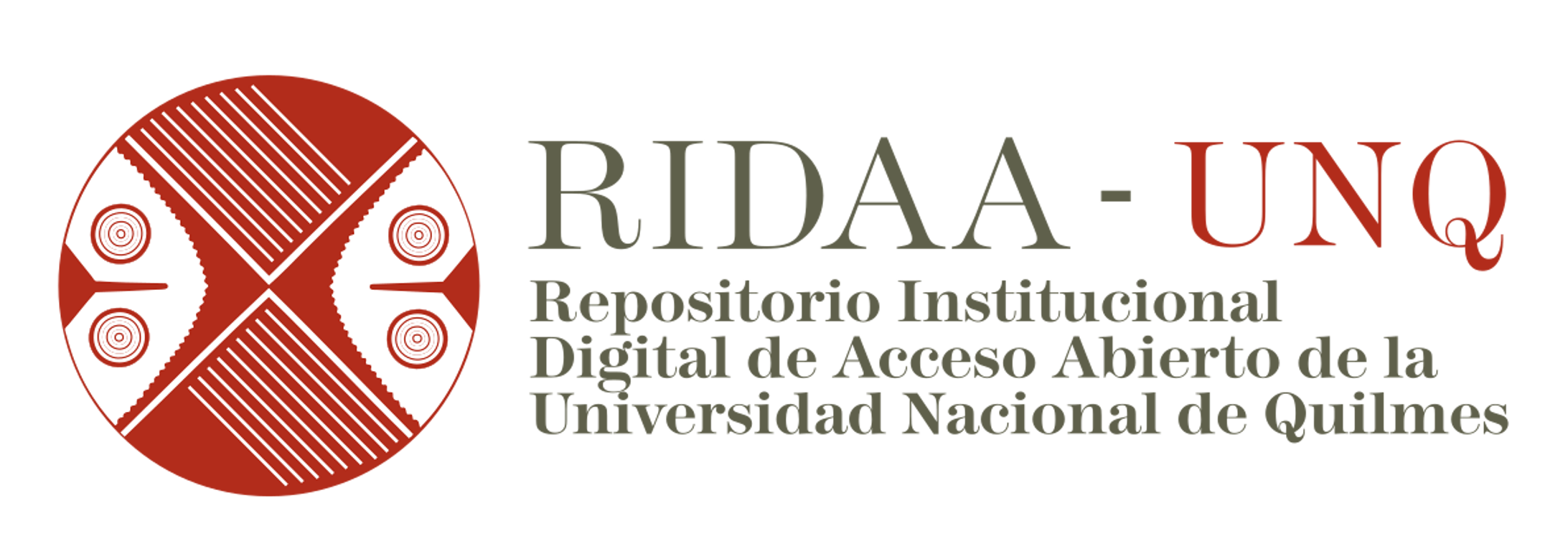La formulación de un hogar humano en la obra de Leon Battista Alberti
The creation of a human home in Leon Battista Alberti’s work

Ver/
Fecha
2016Autor
Sverlij, MarianaResumen
En la heterogénea obra de Leon Battista Alberti (1404-1472), al mismo tiempo que se relata cómo el hombre ha perdido los lazos que lo unían con su tierra y con su comunidad, se ensayan las técnicas, los saberes y las actitudes que le permiten al hombre construir un hogar. Partiendo de esta hipótesis principal, el presente trabajo se propone analizar las distintas estrategias que elabora la obra albertiana en la formulación de un hogar humano. Para ello, importante será considerar las ventajas y las desventajas de la vida civil que plantean el temprano diálogo Della famiglia y el maduro De iciarchia, prestando particular atención a la lectura desarrollada por Hans Baron respecto de las fluctuantes relaciones que Alberti mantiene con el “humanismo civil” florentino de principios del 400. No menos importante será demorarse en el relato, amargo e irónico, que emprende Alberti, en obras como Momus y las Intercenales, del desamparo humano. Finalmente, analizaremos las herramientas y saberes propios del arte arquitectónico que, tal como postula Alberti en De re aedificatoria, se presenta como el único capaz de ofrecer un hogar al hombre fundado en la propia armonía conquistada (concinnitas). Leon Battista Alberti (1404-1472) wrote multiple and diverse works that describe the way in which the man has lost his bond to his own land and community, and at the same time, also show different techniques, knowledge and behaviours that allow him to build a home. This is going to be the main thesis in this paper, which aims at analisying several methods that are employed by the author, and that lead to the creation of a human home. The advantages and disadvantages of the civic life, presented in the early dialogue Della famiglia and in the later De iciarchia, will be considered in detail. Special attention must be paid to Hans Baron’s vision on the changing relationship between the author, Alberti, and the Florentine “civic humanism” from the beginning of the 5 th century. An extended analysis of the embittered and ironic representation of human distress, depicted in writings such as Momus and the Intercenales, will also be truly relevant. Lastly, the tools and the knowledge on architecture will be carefully studied as well. The architecture is presented as the only possibility for the man to own a home based on the inherent achieved harmony (concinnitas), states Alberti in De re aedificatoria.
